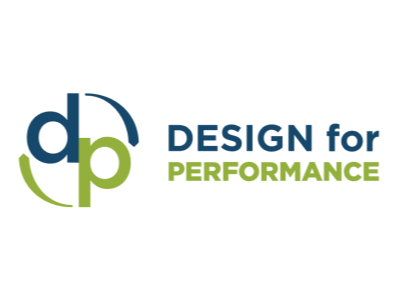Our Resources
Filter By
-
Real Estate Environmental Benchmark - A 5 Year Journey
19 July 2016
Using the data gathered to produce REEB, the report provides a retrospective assessment of how BBP members’ portfolios have performed over the past 5 years, demonstrating what the members have achieved in energy and carbon intensity reductions.
Topic: Measurement & Reporting
Type: Publications
-
BBP Impact Report 2015/16
16 June 2016
Our inaugural impact report details the BBP's progress towards meeting our objectives of knowledge sharing, leadership, innovation, influence and collaboration.
Topic: Measurement & Reporting
Type: Publications
-
2015 Real Estate Environmental Benchmarks
08 March 2016
The Real Estate Environmental Benchmark (REEB) is a publicly available operational benchmark of environmental performance for commercial property in the UK.
Topic: Energy/Carbon
Type: Publications
-
Establishing the Ground Rules for Property: Industry-Wide Sustainability Metrics
01 January 2013
The Green Property Alliance identified the need for greater consistency and clarity in the way in which the sustainability performance of buildings and wider property portfolios is measured and reported upon.
Topic: Measurement & Reporting
Type: Publications
-
Design for Performance Feasibility Study
24 May 2016
This is the final report of a feasibility study into the potential for UK implementation of a Design for Performance approach, similar to the NABERS Commitment Agreement used in Australia since 2002 to promise and then achieve high in-use energy efficiency levels in new prime office buildings. It sets out the justification, structure and forward actions for creating a UK Commitment Agreement whereby a developer of a new building or major refurbishment commits to achieving a specific, measured in-use energy target. Its findings result from extensive input by Australian and UK experts and widespread consultation with the many stakeholders from both property and construction industries who are involved in creating and then managing large, new office buildings.
Topic: Design for Performance
Type: Publications
-
Design for Performance Not Compliance: Making Measured Energy In-Use the Objective for New Office Buildings
24 May 2016
The paper describes the transformation that has taken place over the last 15 years in the energy efficiency of new office buildings constructed in Australia and considers if and how countries across Europe could follow suit. The success in Australia has been greatest for the ‘base building’: the energy used by the heating, ventilation, air-conditioning (HVAC) and hot water supplies serving the whole building...
Topic: Design for Performance
Type: Publications
-
NABERS Commitment Agreement Review Report
24 May 2016
This report reviews the operation of the Commitment Agreement in Australia, where the developer of a new building signs up to delivering an agreed level of in-use energy performance, expressed in terms of the NABERS energy star rating, used to benchmark buildings in use.
Topic: Design for Performance
Type: Publications
-
Heat Network (Metering and Billing) Regulations Update
01 December 2016
The Heat Network (Metering and Billing) Regulations 2014 implement the requirements in the Energy Efficiency Directive (EED) with respect to the supply of distributed heat, cooling, hot water and cold water and came into force on 18 December 2014. The EED promotes energy efficiency in the EU to achieve the Commission’s 2020 20% headline target on energy efficiency. It lays down rules to overcome market failures that impede efficiency in the supply and use of energy.
Topic: Measurement & Reporting
Type: Publications


